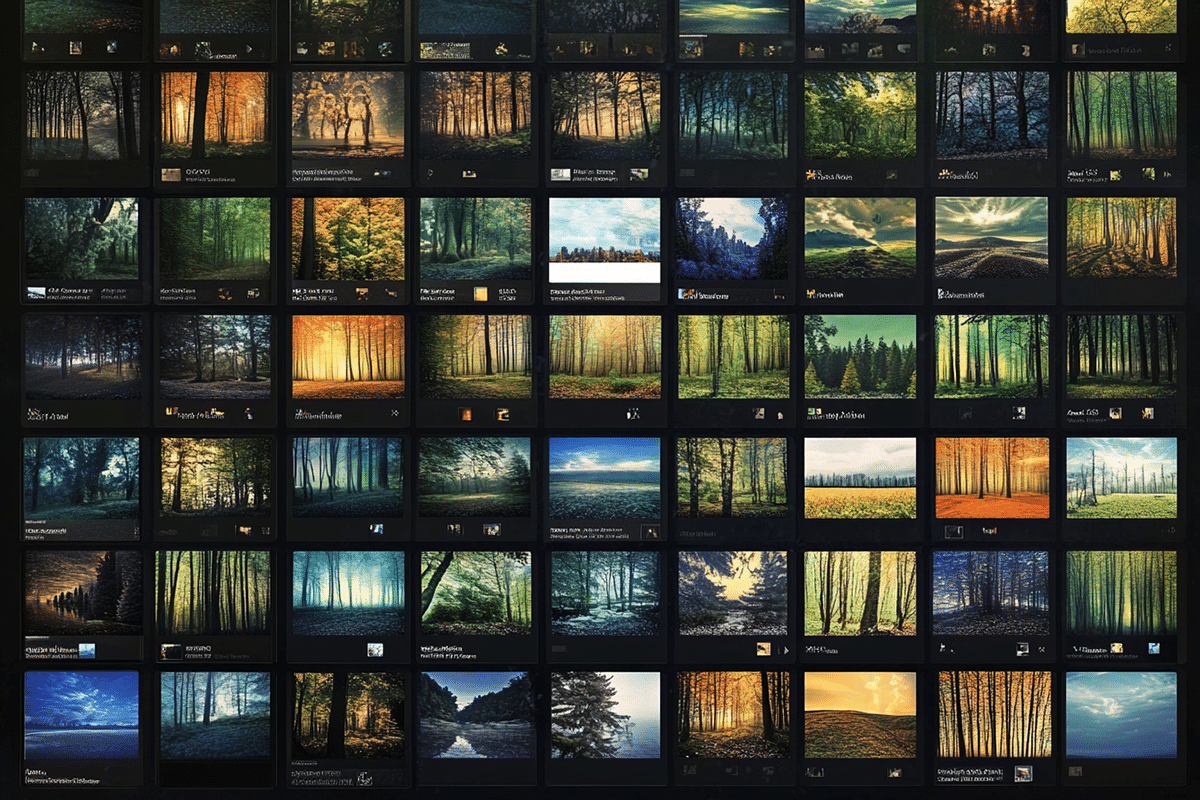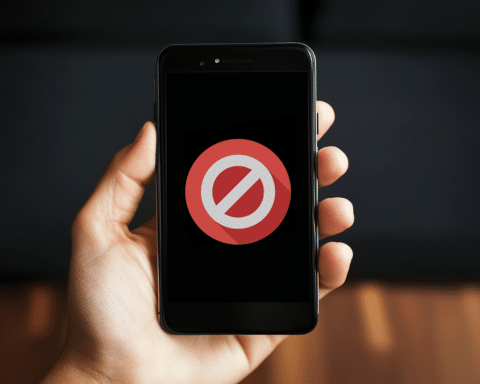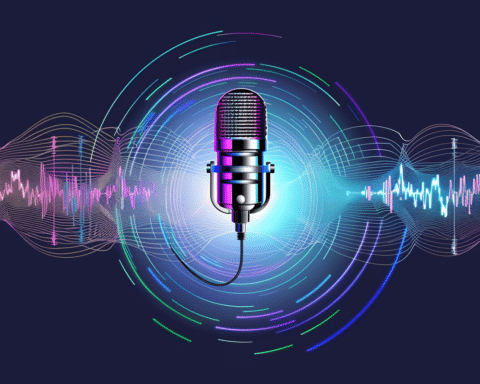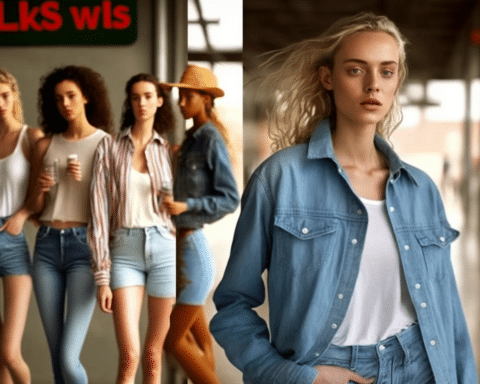The rise of artificial intelligence (AI) in image generation has brought about significant concerns for search engines and users alike. From ethical issues like stolen artwork to environmental impacts and the spread of misinformation, AI-generated images are reshaping the digital landscape in both subtle and alarming ways. These images, once confined to specialized art projects or novelty, are now frequently appearing in mainstream search engine results, raising questions about authenticity and accuracy.
The Growing Presence of AI-Generated Images
In recent months, AI-generated images have begun to appear at the top of image search results on major platforms like Google and Bing. These images are often indistinguishable from real photographs at first glance, making it easy for users to mistake them for genuine visuals. Some of these images are harmless, created for artistic or commercial purposes. However, many others spread misinformation, either intentionally or unintentionally, and this trend has created a new layer of complexity in the fight against fake content online.
For instance, a notable example has emerged in the form of misleading “baby peacock” images. When users search for this term on platforms like Bing and Google, they encounter AI-generated stock images portraying the bird with exaggerated, almost cartoonish features—large, Disney-like eyes and unnaturally blue feathers. These depictions are far from accurate; in reality, baby peacocks are brown with normal, unremarkable eyes and legs. This spread of visually striking yet false imagery misleads users who may not be aware that they are looking at an AI-generated creation.
The Challenges of Labeling AI-Generated Content
In response to these issues, Google has announced plans to label AI-generated images in the coming months, incorporating this information into the image’s metadata. This will be done using the Content Credentials for images that include Content Provenance and Authenticity (C2PA) metadata. However, this solution has a limitation—it applies only to images that are created or modified under the C2PA standard. There is currently no plan for how AI-generated images that do not include this metadata will be handled.
This inconsistency in labeling is particularly concerning as AI-generated content becomes more sophisticated and harder to distinguish from real images. While some platforms are working to address these issues, the fact remains that AI-generated images continue to be displayed alongside real ones, contributing to misinformation in everyday search results.
Spotting the Differences: How to Identify AI-Generated Images
Though AI-generated images can be quite realistic, they often come with telltale signs that can help users distinguish them from real photographs. The most obvious errors are often found in facial features and limbs. For instance, AI-generated images of animals, such as the “baby peacock,” may feature unnaturally large eyes or other anatomically incorrect elements. Limbs, fingers, and legs in human-generated images often appear distorted or misplaced, as AI struggles to replicate these parts accurately.
Beyond bodily features, there are also subtle inconsistencies in lighting, texture, and shadowing that AI frequently gets wrong. These errors might not be obvious at first glance, but careful observation often reveals colors that don’t match, textures that are unnaturally smooth, or light sources that don’t behave as they would in a real-world setting. Background details, such as objects or text, can also reveal an image’s artificial origins. In one infamous case, an AI-generated poster promoting a chocolate brand invited viewers to a “pasadise of sweet teats”—a humorous but clear example of AI-generated text errors.
The Broader Implications of AI in Search Engines
The increasing prevalence of AI-generated images in search engines has serious implications, particularly when it comes to misinformation. Even when the images themselves are not intentionally misleading, their presence in search results can cause confusion, especially for users who may not realize that they are viewing an AI creation. This is compounded by the fact that many of these images lack proper labeling or disclaimers.
As AI technology continues to evolve, search engines will need to implement more robust solutions for identifying and labeling AI-generated content. While the steps announced by Google are a positive start, the larger issue of regulating and monitoring AI-generated content remains unresolved.
In the meantime, users must stay vigilant and learn how to spot the subtle signs of AI-generated images. By recognizing visual inconsistencies and paying close attention to background details, users can help prevent the spread of misinformation and maintain a more accurate digital landscape.




